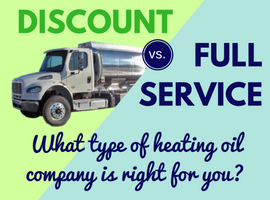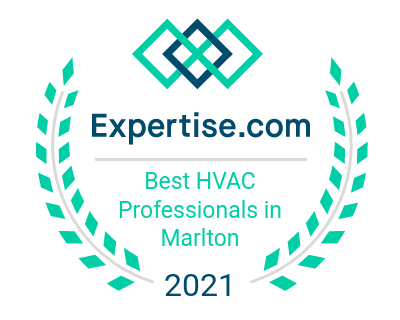Are air purification systems worth the cost? Do air purification systems really work?
Air purification systems have been around for a while, but have received a lot of limelight lately due to the global COVID-19 pandemic. Some questions have popped up about the efficacy of the system types. What do they really do? We hope to answer the following questions for you regarding air purification systems.
- What types of air purification systems are available?
- What concerns should I have about air purification systems, including byproducts & ozone production?
- How effective are the various air purification systems at removing pollutants from the air? Specifically: Smoke & odors, dust, viruses, bacteria, allergens, static electricity, etc.
- What sort of maintenance is required on each type of air purification system?
- How much do air purification systems cost?
What types of air purification systems are available?
While there are a host of types of air purification systems available, there are a few ways of dealing with indoor air purification. In the simplest of terms:
- Filtration – Improving the filtration system within your HVAC system can trap or reduce water droplets that carry viruses and other contaminants. Currently, experts recommend upgrading to a MERV 13 filtration classification (if your system can handle that level of filtration).
- Ionization – An ionization system installed in your ductwork will actually kill mold, bacteria, and viruses. It also reduces allergens, odors, smoke, and static electricity as well as keeping your AC coil cleaner.
- UV light – UV lights can be effective in coil sterilization. Coil UV lights are the most common UV light systems. They are especially effective at controlling mold and bacteria but have less effect on other allergens or dust. You can also have UV air sanitizing lights for the air in the ducts that bring return air to the system. The lamps themselves obviously need periodic bulb replacement.

What concerns should I have about air purification systems, including byproducts & ozone production?
There have been air purification devices that have historically marketed “cleaner air”, while at the same time producing other harmful byproducts. So you DO need to make sure that whatever air purification system you’re considering produces no harmful byproducts. However, there are MANY systems available now that really DO purify the air, without harmful byproducts and without producing ozone.
How effective are the various air purification systems at removing pollutants from the air? Specifically: Smoke & odors, dust, viruses, bacteria, allergens, static electricity, etc.
Here is where you really will find significant differences between air purification systems. Different air purification systems improve indoor air quality in different ways. Thus, different types of systems vary greatly in their effectiveness against specific air pollutants.
Ionization Air Purification Systems:
If you choose an ionization system, you’re choosing a machine that essentially creates ions with positive and negative charges. These ions break down various forms of pollutants and gases into other harmless gases like carbon dioxide, oxygen, water vapor, etc. These ions also kill living air pollutants like bacteria, viruses, and mold. Ions typically cause other pollutants that can’t be broken down (like pollen for example) to clump together, such that they get stuck in the air filter of your HVAC system.
Bottom line – ionization machines will be marketed to KILL certain irritants, and REDUCE others. A good system should produce no ozone or harmful byproducts in the process.
An ionization system that we currently recommend to our customers is the iWave system, because it’s simple, effective, affordable, and requires no upkeep in terms of replacing bulbs, etc. If you think ionization is a good fit for you, we’d recommend this system. We are equipped to do the install for you.
UV Light Air Purification Systems:
If you choose a UV Light System, you’re looking primarily at sterilizing the coil. If you have central air, then your indoor coil condenses moisture from the air to cool your home. Dust, pollen, and other air pollutants stick to the wet coil. This is PRIME breeding grounds for bacteria and mold. The lights basically shine on the coil and create an environment where bacteria and mold cannot grow.
Other UV light options include air sanitizing lights. You install the lights in your return air ductwork to clean the air before it ever reaches the system and the coil.
You can choose a complex system that combines BOTH Ionization AND UV lights.
What sort of maintenance is required on each type of air purification system?
Ionization machines are typically maintenance free, with the exception of the possible occasional cleaning of the machine.
UV Light systems obviously require light bulb changes, most needing to be changed annually.
How much do air purification systems cost?
The sky’s the limit. Well not really. But prices vary significantly across product types. Systems might cost as little as a few hundred dollars, uninstalled. You could spend over $10,000 on having various systems professionally installed on multiple units in your home.
We’re running a special right now on an ionization system, the iWave system mentioned above. Our current offer is $795, installation included. We feel that the system is a very good blend of function and practicality. But each system has its pros and cons. We’d be happy to go over other options with you as well and can install any system of your choosing. If you’re interested, give us a call with any questions you have! We hope this has been helpful!





